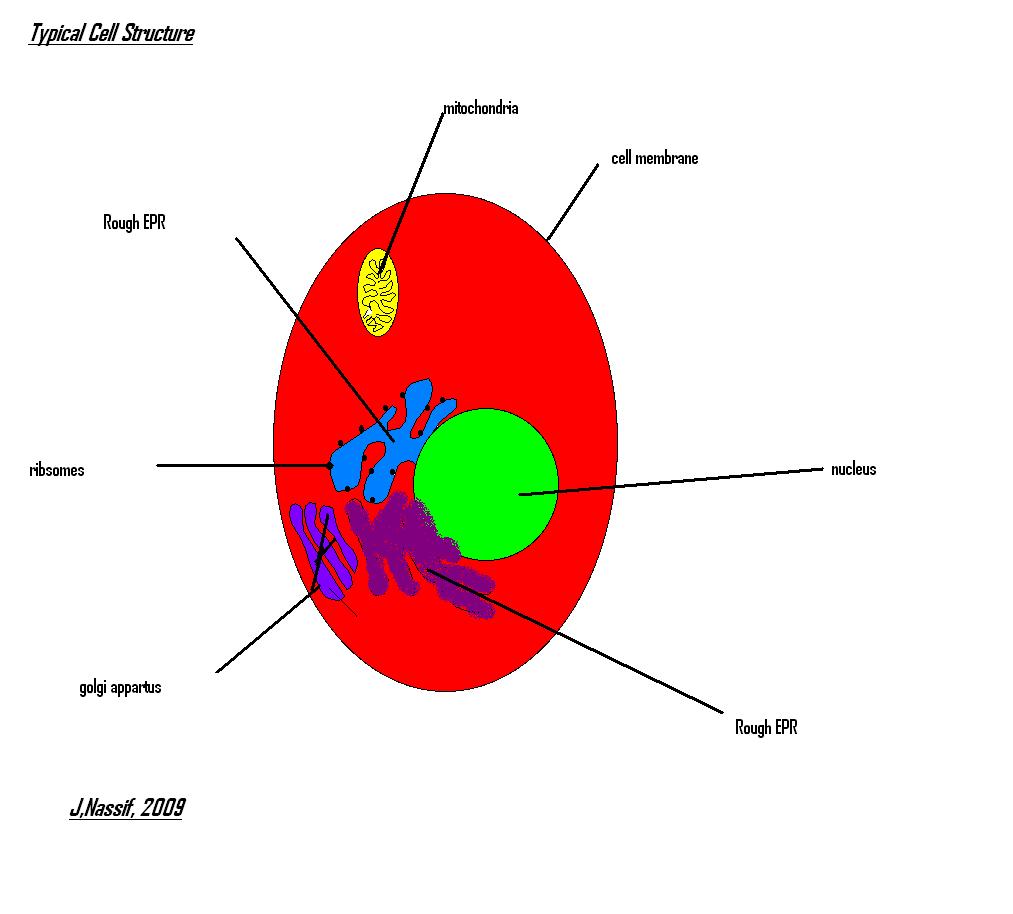

If your microscope has a maximum power of 400x, you will get the maximum benefit by using a condenser lenses rated at 0.65 NA or greater. Microscopes with in-stage condenser lenses render a sharper image than those with no lens (at 400x). Condenser lenses are most useful at the highest powers (400x and above). (Tip: If you are using thin slides and can't focus, rather than adjust the rack stop, place a clear glass slide under the original slide to raise it a bit higher).Ĭondenser Lens: The purpose of the condenser lens is to focus the light onto the specimen. You would only need to adjust this if you were using very thin slides and you weren't able to focus on the specimen at high power. It is set at the factory and keeps students from cranking the high power objective lens down into the slide and breaking things. Rack Stop: This is an adjustment that determines how close the objective lens can get to the slide. All good quality microscopes have achromatic, parcentered, parfocal lenses. This means that if they hit a slide, the end of the lens will push in (spring loaded) thereby protecting the lens and the slide. Many high power objective lenses are retractable (i.e. A typical DIN standard microscope objective lens has a 0.7965" (20.1mm) diameter threads, 36 TPI (threads per inch), and a 55º Whitworth.

This is a German standard that has been adopted internationally as an optical standard used in most quality microscopes. "DIN" is an abbreviation of "Deutsche Industrial Normen". Lenses are color coded and if built to DIN standards are interchangeable between microscopes. The shortest lens is the lowest power, the longest one is the lens with the greatest power. An Abbe condenser is composed of two lenses that control the light that passes through the specimen before entering the objective lens on the microscope. To have good resolution at 1000x, you will need a relatively sophisticated microscope with an Abbe condenser. When coupled with a 10x (most common) eyepiece lens, total magnification is 40x (4x times 10x), 100x, 400x and 1000x. They almost always consist of 4x, 10x, 40x and 100x powers. Objective Lenses: Usually you will find 3 or 4 objective lenses on a microscope. Revolving Nosepiece or Turret: This is the part of the microscope that holds two or more objective lenses and can be rotated to easily change power. One moves it left and right, the other moves it up and down. If your microscope has a mechanical stage, you will be able to move the slide around by turning two knobs. Stage with Stage Clips: The flat platform where you place your slides. If your microscope has a mirror, it is used to reflect light from an external light source up through the bottom of the stage. Illuminator: A steady light source (110 volts) used in place of a mirror. Tube: Connects the eyepiece to the objective lenses.Īrm: Supports the tube and connects it to the base.īase: The bottom of the microscope, used for support. The Functions & Parts of a Microscope What are the Parts of a Microscope?Įyepiece Lens: the lens at the top that you look through, usually 10x or 15x power. Links will take you to additional information and images. Before purchasing or using a compound microscope, it is important to know the functions of each part. The compound microscope has two systems of lenses for greater magnification:Ģ. The simplest optical microscope is the magnifying glass and is good to about ten times (10x) magnification. The compound microscope uses lenses and light to enlarge the image and is also called an optical or light microscope (versus an electron microscope). Historians credit the invention of the compound microscope to the Dutch spectacle maker, Zacharias Janssen, around the year 1590 ( more history here).


 0 kommentar(er)
0 kommentar(er)
